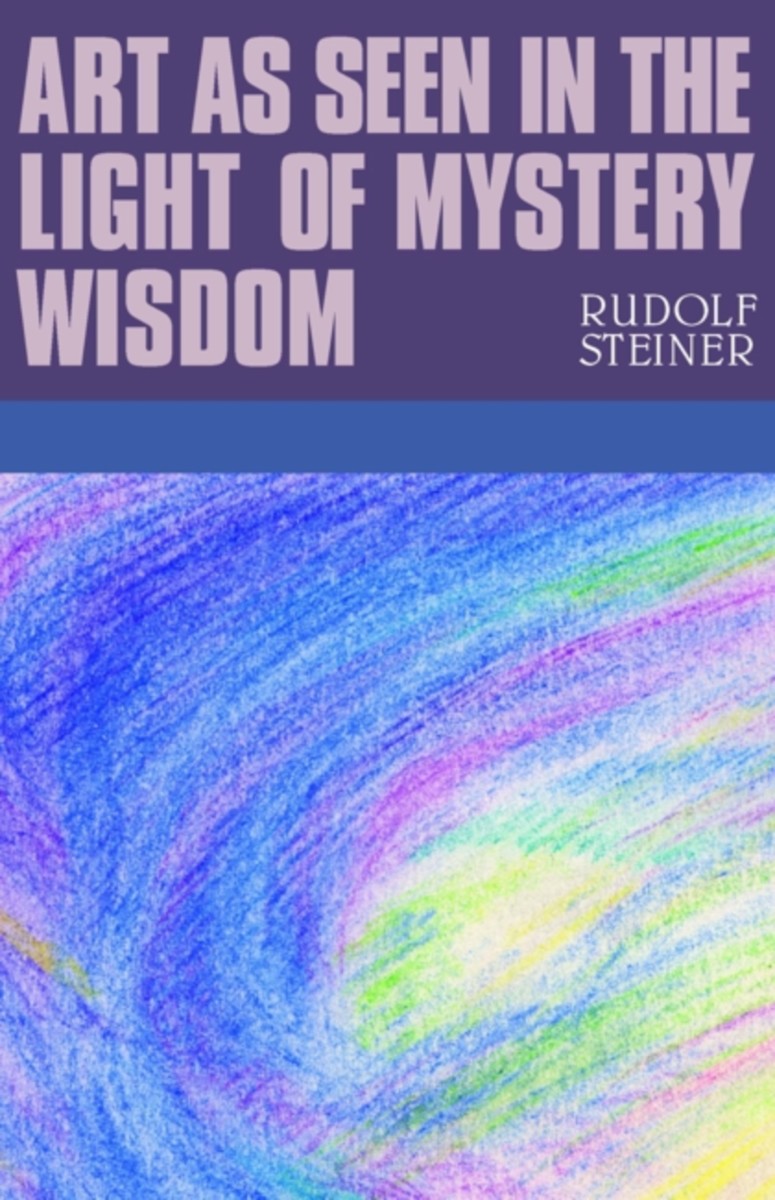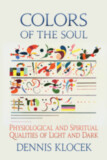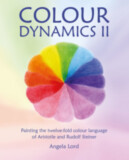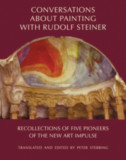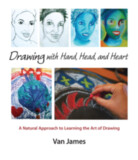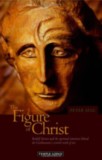Art as Seen in the Light of Mystery Wisdom
(CW 275)
- Publisher
Rudolf Steiner Press - Published
28th April 2010 - ISBN 9781855842366
- Language English
- Pages 200 pp.
8 Lectures, Dornach Dec. 28, 1914-Jan. 4, 1915 (CW 275)
Within the ancient mystery cultures, art, science, and religion formed a unity that offered direction and spiritual nourishment to society. Today, art, science, and religion can again be united. As Marie Steiner indicates in her introduction to these lectures, however, these aspects of culture need rejuvenation through fresh spiritual understanding and knowledge. Art cannot be renewed through compromise, but only by returning to the spiritual foundations of life. "The remedy lies in unlocking the wisdom of the mysteries and presenting it to humanity in a form adapted to contemporary needs."
In these wide-ranging lectures, Rudolf Steiner offers spiritual insight for the modern day into a revitalized world of the arts. His themes include: the relation of art to technology; the moral experience of the worlds of color and music; the legendary Norwegian "Dream Song of Olaf Åsteson"; and the relationship between the human being and the arts of architecture, sculpture, painting, music, poetry, and eurythmy.
This volume is a translation from German of Kunst im Lichte der Mysterienweisheit.
C O N T E N T S:
Synopsis
Foreword
Introduction by Marie Steiner
1. Technology and Art
2. Impulses of Transformation in the Evolution of Art–I
3. Impulses of Transformation in the Evolution of Art–II
4. Cosmic New Year—The Dream Song of Olaf Åsteson
5. Moral Experience of Color and Music
6. Working with Sculptural Architecture–I
7. The Future Jupiter Evolution and Its Beings
8. Working with Sculptural Architecture–II
Notes and References
Rudolf Steiner
Rudolf Steiner (b. Rudolf Joseph Lorenz Steiner, 1861–1925) was born in the small village of Kraljevec, Austro-Hungarian Empire (now in Croatia), where he grew up. As a young man, he lived in Weimar and Berlin, where he became a well-published scientific, literary, and philosophical scholar, known especially for his work with Goethe’s scientific writings. Steiner termed his spiritual philosophy anthroposophy, meaning “wisdom of the human being.” As an exceptionally developed seer, he based his work on direct knowledge and perception of spiritual dimensions. He initiated a modern, universal “spiritual science” that is accessible to anyone willing to exercise clear and unbiased thinking. From his spiritual investigations, Steiner provided suggestions for the renewal of numerous activities, including education (general and for special needs), agriculture, medicine, economics, architecture, science, philosophy, Christianity, and the arts. There are currently thousands of schools, clinics, farms, and initiatives in other fields that involve practical work based on the principles Steiner developed. His many published works feature his research into the spiritual nature of human beings, the evolution of the world and humanity, and methods for personal development. He wrote some thirty books and delivered more than six thousand lectures throughout much of Europe. In 1924, Steiner founded the General Anthroposophical Society, which today has branches around the world.


